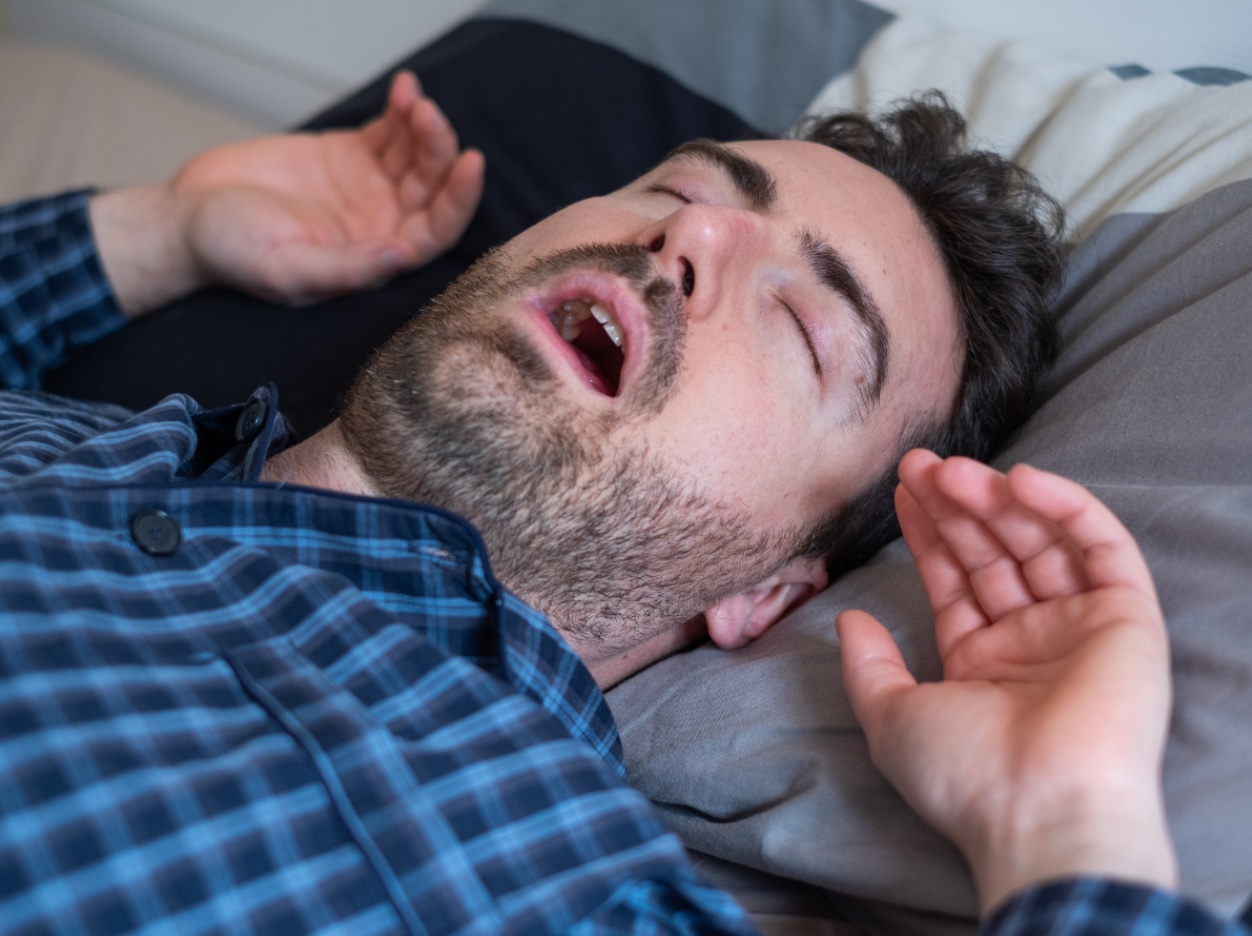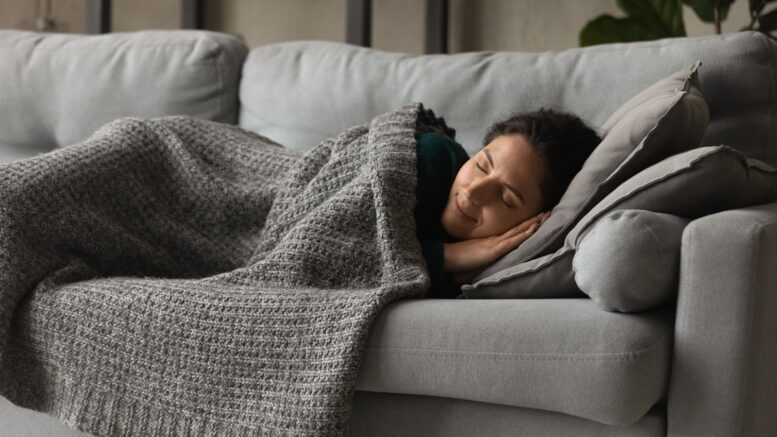Some people fall asleep as soon as their head hits the pillow, while others like to read, watch TV, or listen to music to relax them. However, if you share your bed, these techniques might keep your co-sleeper awake and may stimulate your brain, so it’s good to know other methods that can help. The technique outlined here is for those times when you just can’t sleep, no matter how hard you try or when you need to get to sleep fast so you can catch a nap. It involves relaxing your body and takes only two minutes.
Step 1 – Get comfortable
Whether you are lying in your bed, on a couch, or sitting up in a chair, get yourself comfortable. Use cushions to support your neck and head. Since our core temperature drops in preparation for sleep, it’s a good idea to have a quilt or blanket to snuggle under.
Step 2 – Slow your breathing
Deep breathing allows you to take in more oxygen which is needed to stimulate the parasympathetic nervous system (PSNS). This network in our body helps us to calm down after periods of stress. Close your eyes and slowly inhale through your nose and exhale through your mouth.
Step 3 – Relax your face
Starting at your forehead, gradually relax your facial muscles. Notice how your temples feel and work your way downwards. Let your eyebrows go, then your eyes, your cheeks, your jaw, your lips, and your tongue.
Step 4 – Relax your torso
Release any tension you feel in your neck and shoulders, then work your way down your torso. While breathing slowly and deeply, loosen your chest, your back, your biceps, forearms, hands, and fingers.
Step 5 – Relax your legs
Notice how the bed or chair feels beneath your bottom and breathe the tension out of your tailbone. Allow your thighs to relax, then your calves, ankles, feet, and toes.

Step 6 – Relax your mind
It can be difficult to think about nothing at all but try to relax your mind by clearing any thoughts you have. It might help to picture yourself lying or sitting at rest. Count your breathing and try to make your exhalations twice as long as your inhalations.
Step 7 – Repeat until you sleep
Start again from the beginning and repeat the steps until you fall into a deep sleep. You may have to cycle through the steps a few times, to begin with, but once you have practised this technique a few times, your body will soon be trained to relax more rapidly.
Bonus tip – Use a meditation app
If you find it difficult to remember these steps and don’t want to expose yourself to blue light from your device, consider getting one of the best meditation apps to soothe you to sleep. A mixture of music, sound effects, and narrative helps you to reach a deep sleep quickly. Studies suggest that meditation apps can help to reduce pre-sleep arousal and improve sleep quality.
The takeaway
Getting to sleep quickly can be difficult, particularly when you are aware of the clock ticking away. Deep muscle relaxation that progresses throughout the body is a technique that can help you to fall asleep faster. Practise is key to training your body to switch off, and meditation apps can help you to attain advanced sleep at night or power naps during the day.
